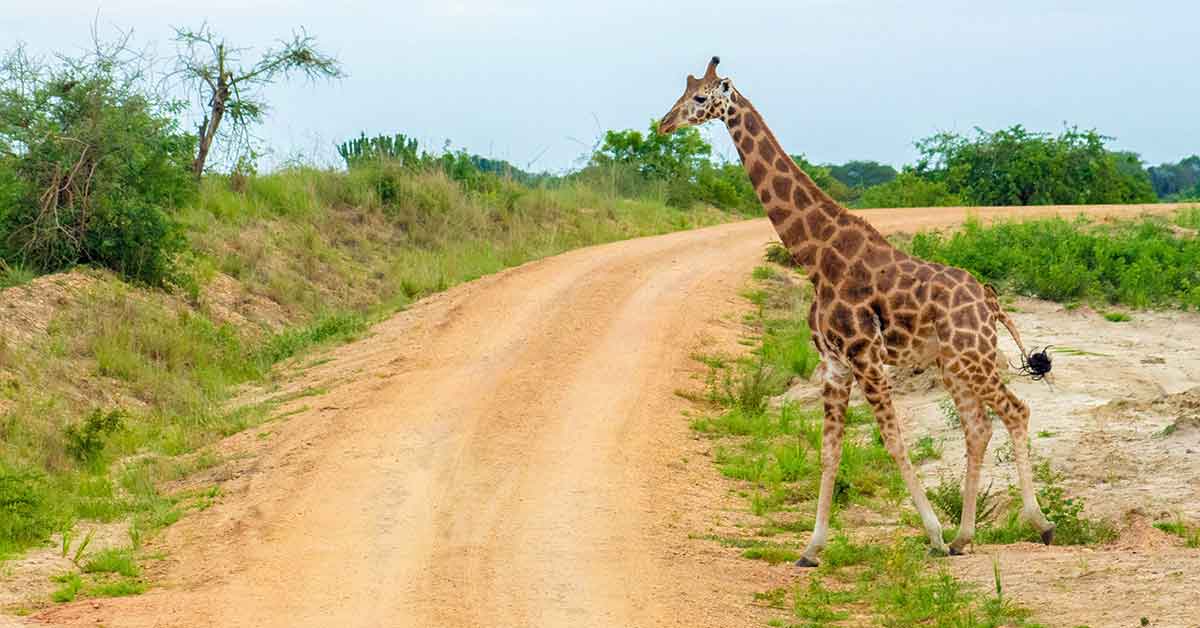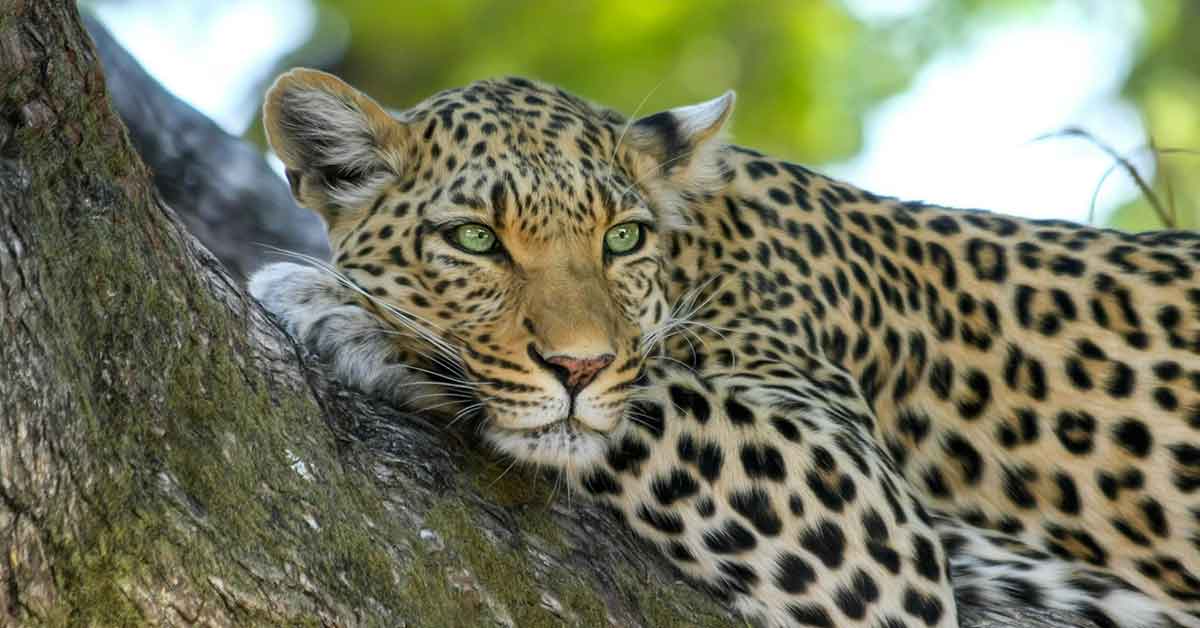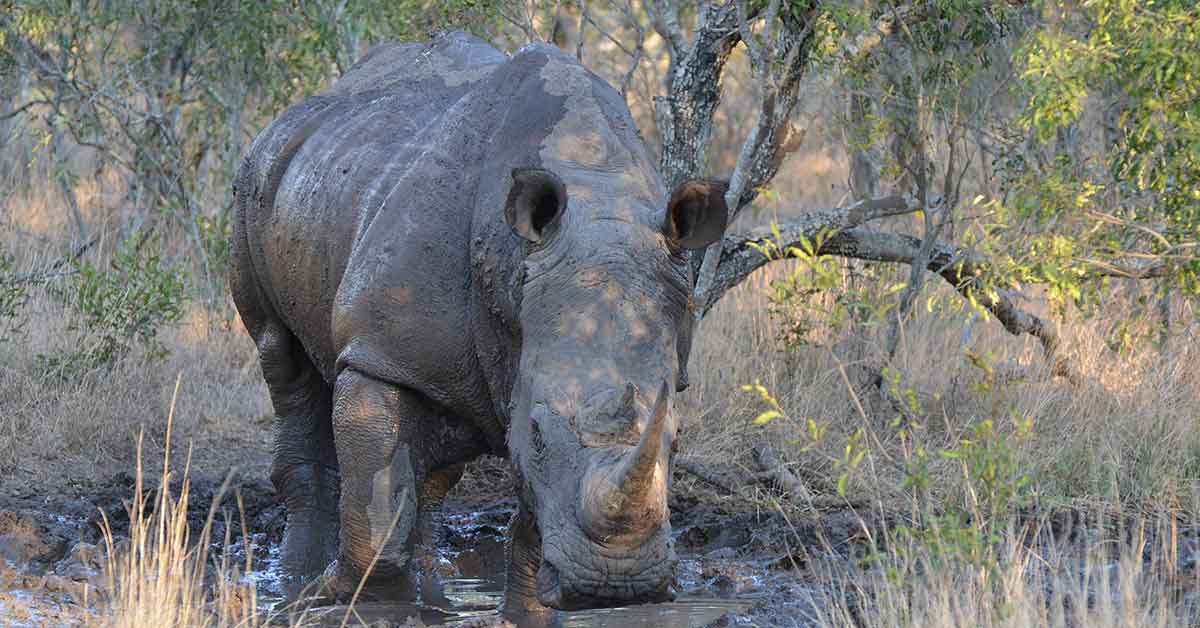Is it possible kayaking on Murchison Falls, embarking on a kayaking journey down the powerful…

Are there giraffes in Murchison Falls National Park, located in the heart of Uganda, is renowned for its stunning natural beauty, diverse wildlife, and awe-inspiring landscapes. Amidst this splendid array of wildlife, one of the most iconic and majestic creatures to grace the park’s terrain are the giraffes. Murchison Falls is one of the largest national parks in the country, it encompasses a wide range of ecosystems, including savannas, woodlands, and wetlands.
Giraffes, scientifically known as Giraffa camelopardalis, are the world’s tallest land animals, known for their long necks and distinctive spotted coats. Murchison Falls National Park is home to the Nubian giraffe subspecies (Giraffa camelopardalis camelopardalis), which is found throughout East Africa. These giraffes are a symbol of grace and elegance in the African wilderness. Their presence in Murchison Falls National Park adds to the park’s allure and offers a unique opportunity for wildlife enthusiasts and researchers to observe and study them in their natural habitat.
Giraffes play a vital role in the park’s ecosystem. They are browsers, primarily feeding on leaves from acacia and other trees. By reaching vegetation that is out of the reach of most other herbivores, giraffes help control the tree population, prevent overgrowth, and maintain a balanced ecosystem. Their presence also attracts tourists, which is a significant source of revenue for conservation efforts. The tourism industry associated with giraffe sightings generates funds that can be reinvested in the park for protection and preservation.
Murchison Falls National Park is one of the best places in Uganda to observe these magnificent creatures. The vast expanse of the park provides giraffes with plenty of space to roam and graze. Visitors can often witness these gentle giants strolling through the savannas, their long necks gracefully reaching for the lush leaves on the treetops. The park offers numerous guided safari tours and game drives, allowing tourists to get up close and personal with these incredible animals while respecting their natural behaviors and habitats.
However, giraffes in Murchison Falls National Park, like many other wildlife species, face significant conservation challenges. One of the primary threats is habitat loss due to agriculture, human settlement, and infrastructure development. As the human population in Uganda continues to grow, more land is cleared for agriculture and other purposes, encroaching upon the giraffes’ natural habitat. This results in habitat fragmentation and disrupts the giraffes’ movement and feeding patterns.
Poaching is another major concern. Giraffes are often targeted for their meat and body parts, which are used for traditional medicine and crafts. While efforts to combat poaching have increased, it remains a persistent threat to the giraffe population in Murchison Falls National Park and elsewhere.
To protect giraffes and their habitat, Murchison Falls National Park has implemented various conservation strategies. These include anti-poaching patrols, community outreach programs, and research initiatives to monitor giraffe populations and their behaviors. Collaborative efforts between the park authorities, local communities, and international conservation organizations are crucial in preserving these iconic animals.
In conclusion, giraffes are indeed a majestic presence in Murchison Falls National Park, contributing to the park’s allure and ecological balance. Their long necks and distinctive appearance make them a symbol of the African wilderness. Their conservation is essential not only for preserving the park’s biodiversity but also for the tourism industry that plays a significant role in funding conservation efforts.
Efforts to protect giraffes in Murchison Falls National Park are ongoing, and they require a combination of conservation measures, community involvement, and international support. Through sustainable tourism, habitat preservation, and anti-poaching initiatives, there is hope that these graceful giants will continue to roam the savannas of this magnificent park for generations to come, enchanting visitors with their presence and contributing to the rich tapestry of Uganda’s natural heritage.


